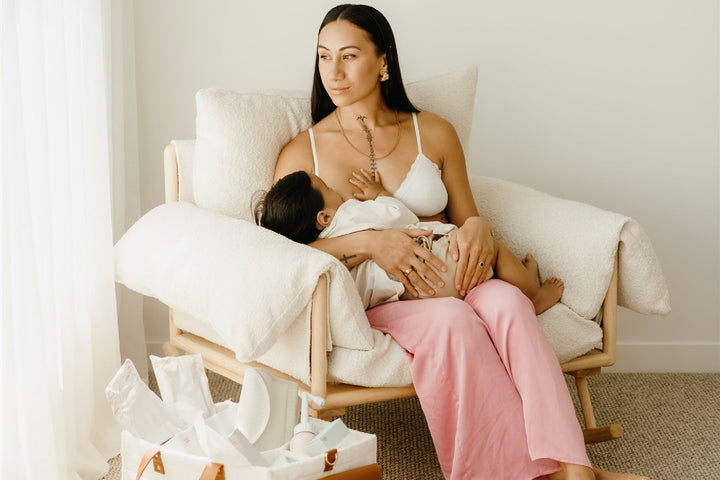What is Paid Parental Leave?
Paid parental leave is a government-funded program that provides financial assistance to parents or primary caregivers when they take time off work to care for a newborn or newly adopted child. This leave is intended to help parents bond with their children, recover from childbirth, and ease the transition into parenthood. In New Zealand, paid parental leave is governed by the Parental Leave and Employment Protection Act 1987.
It can be a confusing subject so we’ve put together this article to get you up to speed on all the important bits.
Key Features of Paid Parental Leave in NZ
Duration: As of 2025, New Zealand offers up to 26 weeks of paid parental leave.
Payment Amount: The payment rate is determined based on the individual's average weekly earnings, up to a maximum cap. Keep in mind that the payment rate may change over time, so it's essential to check the current rates on the official New Zealand government website.
Transferring Leave to Your Spouse: We’ll touch more on this below, but essentially, if you and your spouse or partner would like to transfer the leave, you can do so assuming they meet the relevant requirements.
Flexible Work Arrangements: New Zealand law encourages employers and employees to discuss flexible work arrangements during and after maternity leave. This may include options such as part-time work, job-sharing, or working from home.
Who’s Eligible Paid Parental Leave?
There are a couple of key factors to take into account, so we’ve broken it down into two sections; Guardianship Status and Working Requirements. Both criteria will need to be met in order to be eligible.
Guardianship Status
- Be an expectant mother (including surrogates)
- Be a new mother of a child under 1
- Anyone who has a new permanent primary responsibility for a child under 6 and be any of the following:
- an adoptive parent
- a Home for Life parent
- a matua whāngai (whāngai carer)
- a grandparent with full-time care
- a permanent guardian.
Working Requirements
You also need to have worked an average of 10 hours a week, in at least 26 of the weeks in the year before:
- your due date
- the date the child comes into your care.
It does not matter how many employers you had or if you were self-employed. However, you need to be eligible either as an employee or a self-employed person. You cannot combine the hours you worked as an employee with the hours you worked as a self-employed person. You can combine the hours from multiple employments.
You must have not received paid parental leave within the last 6 months.
Can I Transfer my Paid Parental Leave to my Partner?
You sure can. However, as above, there’s a few requirements they’ll need to meet which we’ve listed below.
To transfer paid parental leave:
- you, as the mother or primary carer, must qualify for paid parental leave
- your spouse or partner must meet the working requirements to qualify for paid parental leave
- you’ll need to complete the transferring PPL information on the PPL application in myIR. More details here.
Some important things to consider when transferring your leave:
- The government will base your partner's paid parental leave entitlement on their income. Which means, the amount they’re eligible for may be different to yours.
- You can only transfer paid parental leave once, and it must be taken in a continuous period. This means they cannot transfer it back to you.
- Your partner's paid parental leave period must start the day after your paid parental leave period ends.
How do I Apply?
The application process can all be done through MyIRD. Simply log in and navigate to: I want to… > Registration, application and enrolment > Register for Paid Parental Leave.
For more detailed information on the application process, have a look here.




